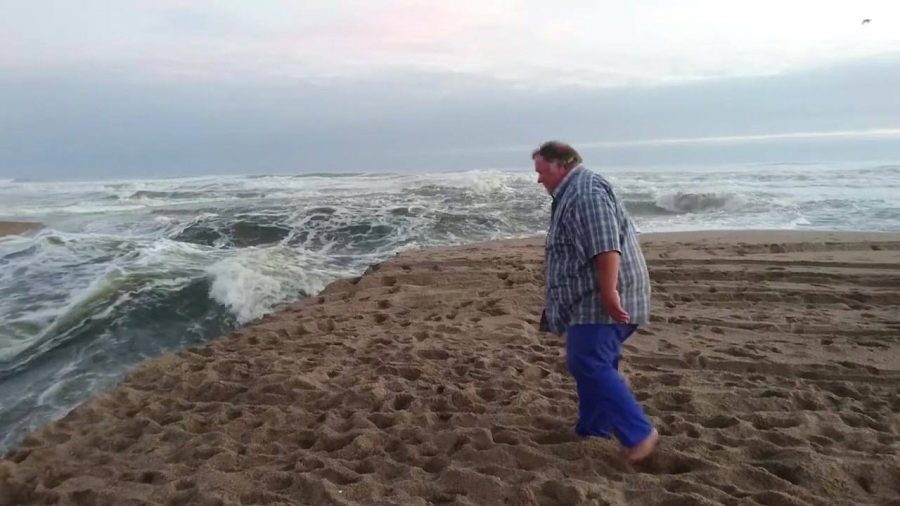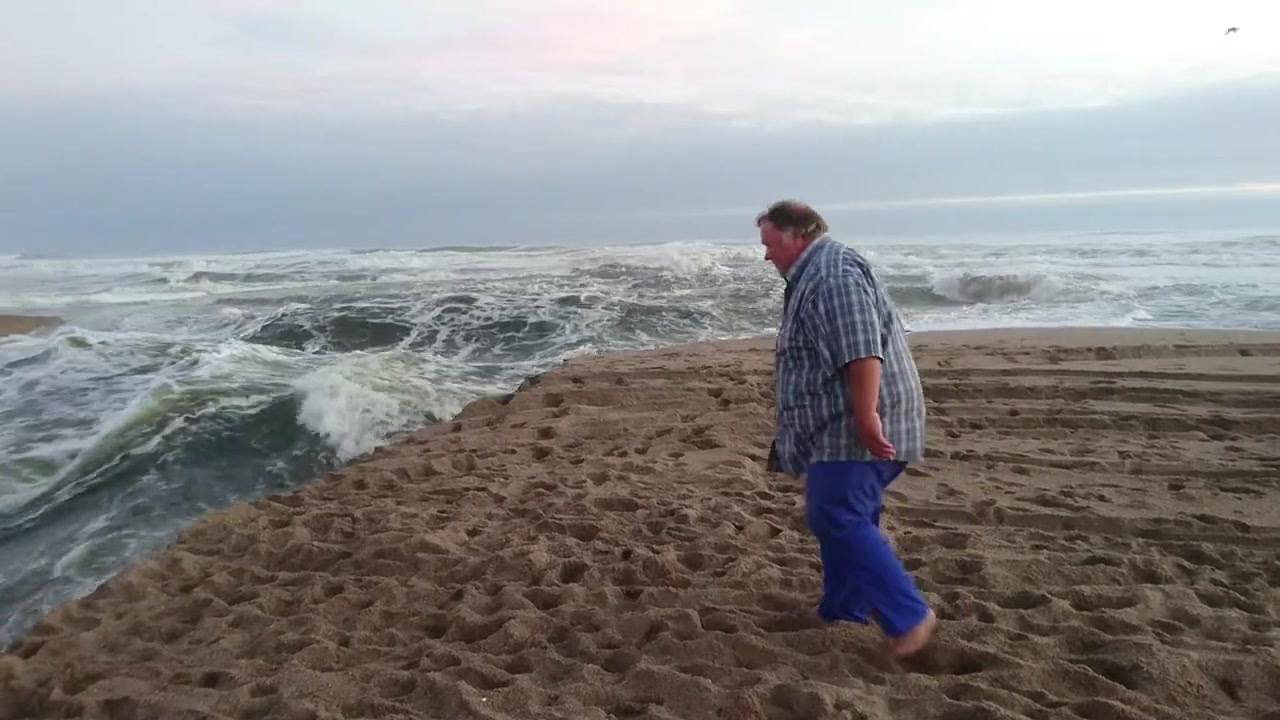
WATCH Orange River Flows Into Atlantic… As Rainy Season Brings Relief for Some
Heavy rainfall in the past month (and even some good rain over Cape Town last night) has brought relief in most parts of South Africa, according to the Department of Water and Sanitation. In its weekly report yesterday, the Department said that the average dam levels have increased from 80.6% last week to 81.8% this […]

Heavy rainfall in the past month (and even some good rain over Cape Town last night) has brought relief in most parts of South Africa, according to the Department of Water and Sanitation.
In its weekly report yesterday, the Department said that the average dam levels have increased from 80.6% last week to 81.8% this week.
And for the first time in “a long time”, the Orange River was captured on film earlier this week, by Mervin Westley, flowing into the Atlantic Ocean again…
WATCH Orange River flowing into Atlantic Ocean
https://www.facebook.com/stormreportsaOFFICIAL/videos/1738177296244930/
The Department said: “Most parts of the country have experienced significant rains over the past month but the Western Cape has always been on the throes of a devastating drought.”
Cape Town’s Disaster Risk Management Centre on Monday issued a warning for heavy downpours that may lead to localized flooding within Cape Town and its environs.
On 18 April 2018, the department released five million cubic litres of water from the Berg River Dam to Misverstand Dam.
Water was released from the Berg River via a pipe that leads to the Wemmershoek control works, where a total of 5.066 million cubic meters was released over a 10-day period.
Misverstand Dam supplies municipalities in the West Coast with water for domestic, industrial and agricultural use.
The release of water was stopped in February after agricultural users in both Upper Berg and Lower Berg areas reached their restricted quota for 2016/17 irrigation season.
The Cape Town Dams System, with six dams serving mainly the Mother City, has decreased from 20.5% to 19.7%. The system was at 23.0% at the same time last year.
Theewaterskloof is at 10.1%; while Clanwilliam is at 5.1% and Voelvlei at 13.7%.
The Vaal Dam decreased from 106.87% last week to 105.7%. The Integrated Vaal River System (IVRS), consisting of 14 dams and serving mainly Gauteng, Sasol and Eskom increased from 90.1% to 90.3%.
The Algoa System with 5 dams serving Nelson Mandela Bay decreased from 24.2% to 23.9%. Last year, the system was recorded at 41.6%.
Kouga is at 10.4%; Loerie decreased from 94.7% to 92.7%, Groendal is at 48.3% with Impofu at 37.2%.
In the Eastern Cape, the Amathole System which has six dams that serve East London remains unchanged at 92.4%. Bridle Drift stands at 81.9%, while Nahoon and Laing dams have hit 94.5%.
In the North West, the Rustenburg Dam decreased by one percent from 92.4% to 91.3%. Hartbeespoort Dam went down from 98.6% to 97.8% while Johan Neser near Taung rose to 92.7%.
The Umgeni Dam System in KwaZulu-Natal with five dams that serve eThekwini and Msunduzi in Pietermaritzburg, increased from 78.1% to 79.0%. The system was at 62.6% in the same period last year.
Midmar Dam decreased by a fraction from 100.6% to 100.5% while Inanda increased slightly from 76.3% to 76.8%.
EThekwini and its metropolis received widespread rains in the past week, prompting the Metro Council to review its water restrictions that were imposed two years ago.
The Northern Cape Province is at 87.3% this week, an increase of 5.7% from 81.6% last week, while Boegoeberg is at 122.1%, an increase from 108.4% last week.
In Limpopo, the average dam levels decreased from 77.2% to 76.7%. Mokolo is at 88.8%, Nandoni is down from 101.4% to 95.9% and De Hoop is at 95.1%.
The average dam levels in Mpumalanga are stable at 82.3%. Last year, at the same time the province was at 79.2%. Witbank Dam at Emalahleni is at 99.8%, while Bronkhorstspruit rose to a staggering 102.0%.
Source: SAnews.gov.za
